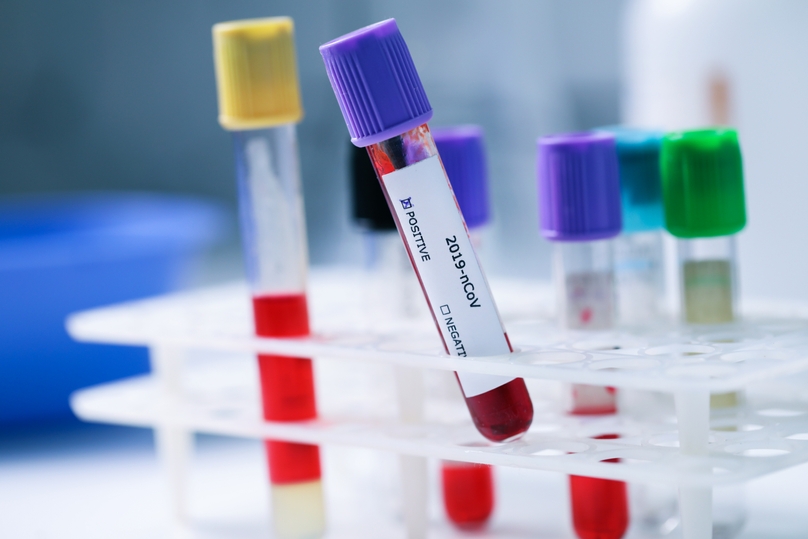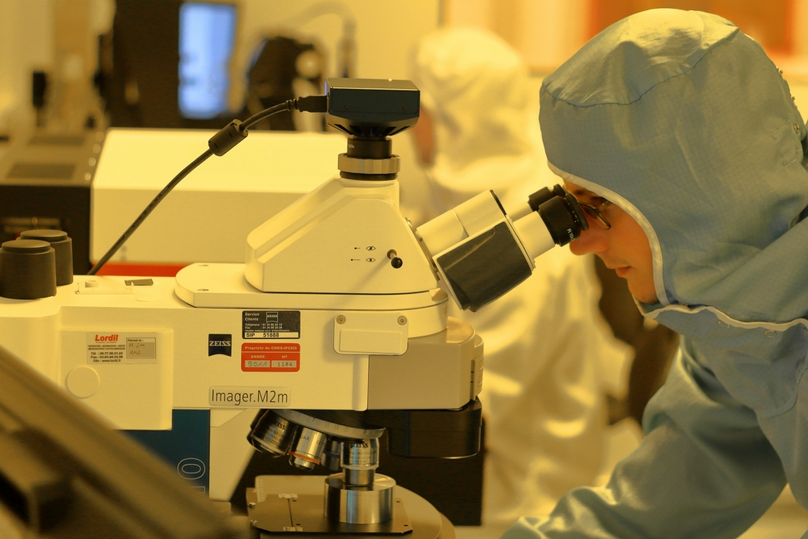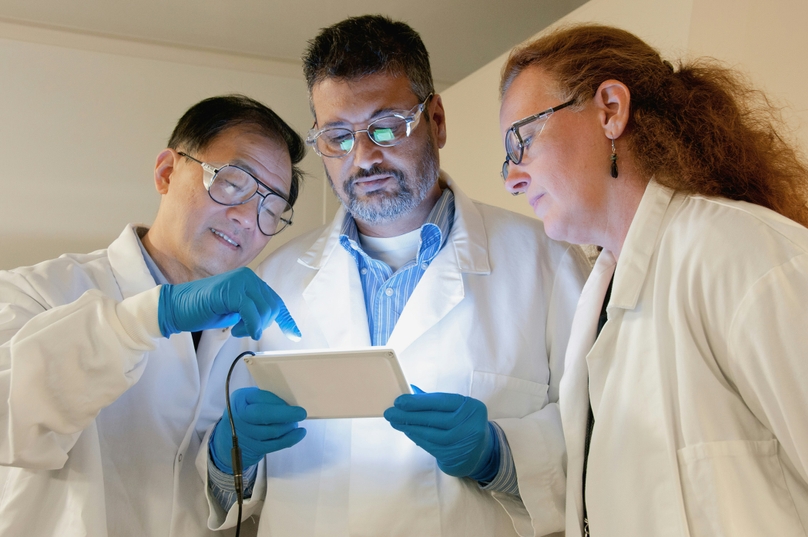Management of biospecimens is as complex as it is critical in the world of biobanking, thus the need for a Laboratory Information Management System (LIMS) tailored to the unique demands of biobanks cannot be overstated. A high-quality LIMS for biobanking not only optimizes the storage and handling of samples but also ensures compliance with stringent regulatory standards. Here, we take a look into the top features for a biobanking LIMS, providing a framework for laboratories to select a system that best fits their needs.
Customizable Data Fields
The cornerstone of any effective biobanking LIMS is its ability to capture and manage a wide array of sample data and patient information. The system must offer customizable data fields to accommodate the specific requirements of each biobank, allowing for the recording of detailed sample types, patient data, clinical data, and test results. Flexibility in configuring these fields is essential for tailoring the LIMS to the unique data-capturing scenarios of the biobank, thereby enhancing data accuracy and integrity.
Advanced Sample Storage Location Tracking
Precise documentation of each sample's storage location is vital for maintaining a seamless chain of custody and ensuring quick retrieval of specimens. A top-tier LIMS should provide detailed information on sample storage, including the exact position in storage units, temperature conditions, and the number of freeze/thaw cycles. This level of detail not only supports quality control but also facilitates compliance with regulatory requirements like HIPAA and GDPR.
Batch Processing and Liquid Handling Integration
To accommodate the high throughput of samples typical in biobanking operations, a LIMS must support batched sample processing and integration with liquid handling systems. This feature allows for the efficient processing of multiple samples simultaneously, significantly reducing the time and labor associated with sample handling. Moreover, the system should offer the flexibility to adapt to various liquid handlers and PCR instruments, ensuring compatibility and streamlined operations.
Automated Data Analysis and Reporting
In the fast-paced environment of biobanking, the ability to automatically analyze data and generate reports is a game-changer. An advanced LIMS automates the interpretation of raw sample data, applies quality control measures, and produces accurate results swiftly. Additionally, the system should enable easy review and approval of results by authorized personnel, followed by automated report generation and delivery, thus enhancing the laboratory's efficiency and responsiveness.
Robust Sample Tracking and Queue Management
Effective management of the sample lifecycle requires a LIMS with robust tracking capabilities. A queue-based tracking system ensures that each sample is meticulously monitored through every stage of processing, from reception to analysis and reporting. This feature prevents samples from being lost or overlooked, thereby improving operational reliability and sample throughput.
Simplified Re-testing and Data Integrity
Occasionally, samples may yield inconclusive results and require re-testing. A LIMS should simplify this process by enabling the creation of new records for re-tests without overwriting original data. This approach preserves the integrity of sample information and ensures that all testing iterations are accurately documented and easily accessible.
Direct Reporting to Public Health Authorities
Given the critical role of biobanks in public health, especially in the context of a pandemic, the ability to report results directly to public health authorities is paramount. The LIMS should facilitate this process by exporting data in the required formats or, ideally, integrating directly with public health databases to automate the reporting process.
Comprehensive Audit Trails for Enhanced Compliance
An essential feature of a biobanking LIMS is the inclusion of comprehensive audit trails. These trails not only record every action taken within the system, including who did what and when, but also ensure that all data changes are traceable and transparent. This capability is critical for maintaining regulatory compliance, supporting audits, and ensuring the integrity of data over the lifespan of the biobank.
Intuitive User Interface and Ease of Use
The usability of a biobanking LIMS significantly impacts its effectiveness. An intuitive user interface that simplifies complex processes and enhances user engagement is crucial. This ease of use reduces training time, minimizes errors, and ensures that laboratory staff can focus on their primary tasks without being bogged down by complicated software navigation.
Genemod's Biobanking LIMS Solutions
At Genemod, we recognize the unique challenges faced by biobanking operations and have developed a biobanking LIMS that addresses these needs head-on. Our solution offers unparalleled customization, seamless integration with lab equipment, and robust data management features, all designed to enhance the efficiency and compliance of biobanking workflows.
With Genemod's biobanking LIMS, laboratories can trust in a system that supports their mission to advance research and improve public health outcomes. Contact Genemod today to explore how our biobanking LIMS can transform your biobank's operations.


















